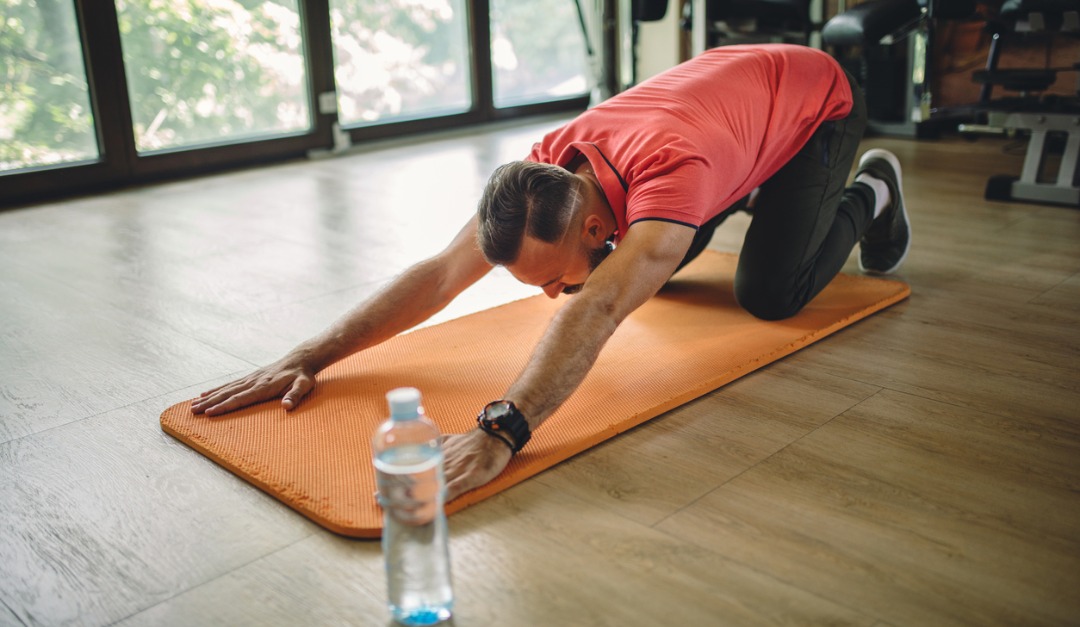
Why Warming Up and Cooling Down are Important When Exercising
Many people skip a warmup and cooldown to save time, but that can be counterproductive. In addition to helping you mentally ease in and out of a workout, warming up and cooling down can reduce the amount of stress on your body and may help you avoid getting injured.
Reasons to Warm up and Cool Down
Warming up gradually increases your heart rate and breathing rate so your cardiovascular system can ease into exercise. That can minimize the amount of stress on your heart.
When you warm up, the blood vessels that carry oxygen to the muscles become dilated. That allows muscles to get plenty of oxygen and reduces the risk of injury.
Warming up raises body temperature, which improves nerve transmission and muscle metabolism. That reduces stress on muscles, helps them function faster and more efficiently during a workout, and minimizes post-workout soreness.
After you exercise, your heart rate is faster than normal, your blood vessels are dilated and your body temperature is higher than usual. Cooling down helps your body gradually return to normal.
If you stopped exercising without cooling down, blood could pool in your lower extremities. That could reduce the amount of blood being pumped to the heart and brain, which could make you feel dizzy and lightheaded and could possibly lead to fainting.
After a workout, lactic acid is built up in the body. Cooling down and stretching help the body release lactic acid and recover faster after exercise. That can prevent muscle stiffness and cramping.
How to Warm up and Cool Down
Warm up your entire body for five to 10 minutes before you start working out. If you plan to do an intense workout, a longer warmup can help your body prepare. Warmup and cooldown activities should be similar to the main part of your workout, but less intense.
Stretching can increase your range of motion and minimize stress on your joints and tendons, which may help you perform your activities better. Many people find that they feel better during and after a workout if they stretch. Some also report that they experience less stiffness and muscle pain.
Hold each stretch for 10 to 30 seconds and breathe. Don’t bounce. You should feel like your muscles are getting a strong stretch, but you shouldn’t feel pain.
Take the Time to Warm up and Cool Down
You might think that warming up and cooling down are not important and that skipping them could save some time, but that could actually increase your risk of harm. Easing in and out of exercise can help you avoid putting too much strain on your body and reduce your risk of getting injured.


